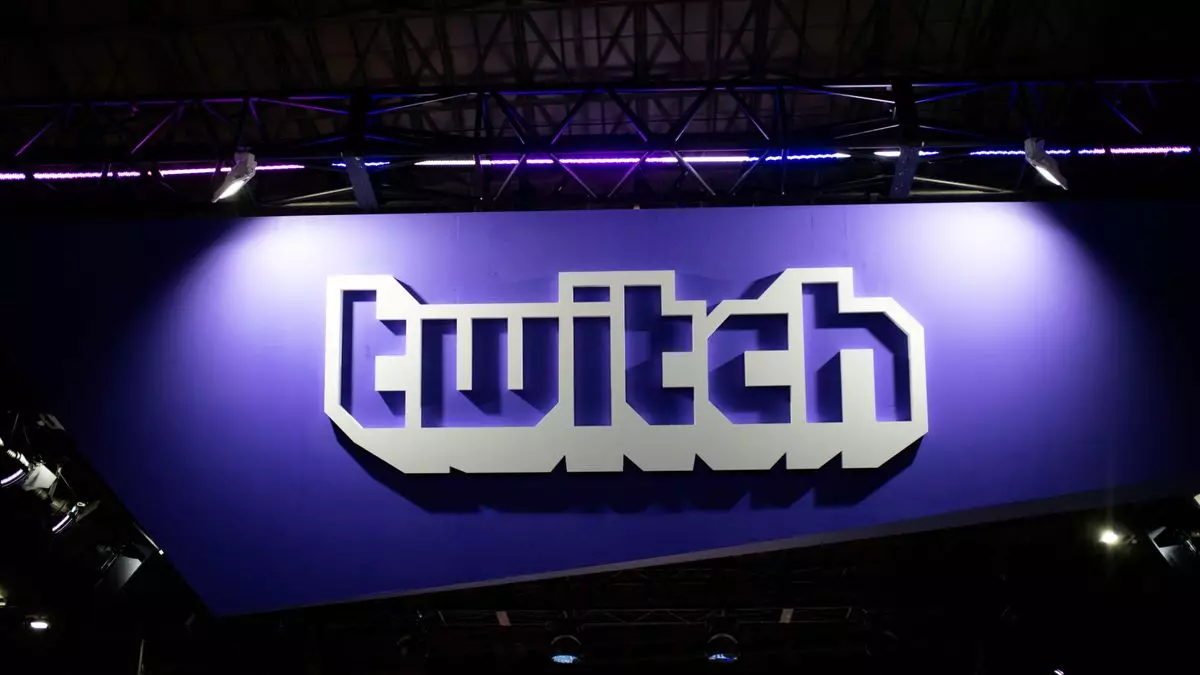In a move that seeks to address the complexities of modern digital communication, Twitch has recently introduced a new content classification category focused on “politics and sensitive social issues.” This development, driven by a need to protect viewers from potentially objectionable material, highlights the challenges of regulating content in an increasingly polarized environment. The new guidelines encompass a range of topics including elections, civil rights, and military conflicts, demanding labels for streams that engage with such themes. While the intent is undoubtedly to enhance viewer safety and awareness, the vagueness surrounding these classifications can lead to confusion, raising critical questions about the interpretation and application of these guidelines.
This policy shift follows a tumultuous period for Twitch, marked by public scrutiny over its handling of sensitive content. The platform was thrust into the spotlight after various incidents, including a widely publicized suspension of prominent streamer Zack “Asmongold” Hoyt due to a racist outburst. Such incidents have fueled allegations of bias and inconsistency in Twitch’s enforcement of its community guidelines. Adding fuel to the fire, Twitch recently faced backlash for banning several Arab streamers connected to a controversial TwitchCon panel. This string of events has seen Twitch accused of negligence and partiality, prompting the need for clearer guidelines to navigate politically charged discussions.
The Confusion Surrounding Classification Standards
Twitch’s classification system appears well-intentioned; however, it raises a host of questions regarding where the lines are drawn. The definition of what constitutes politically sensitive content remains nebulous. For instance, content that discusses the rise of fascism might be perceived as educational by some, yet viewed as politically charged by others. The danger lies in the platform’s subjective interpretation, as varying assessments of neutrality can influence what is classified as “fact-based” versus attention-seeking advocacy. This divisiveness not only complicates content moderation but may also lead to uneven enforcement, further alienating users.
The implications of these new guidelines extend beyond mere classification; they significantly impact the content creators who operate within Twitch’s ecosystem. Streamers have voiced concerns about being potential targets for backlash simply for discussing their lived experiences or advocating for their rights. CiCi, a streamer who emphasizes reproductive health rights, articulates a shared sentiment among creators: they fear that authentic narratives will be overshadowed by a blanket of content warnings. This could inadvertently stifle vital conversations around personal and communal issues that deserve discourse, effectively curbing the diversity of voices on the platform.
The Impact on Advertising and Monetization
An equally pressing concern among Twitch streamers is the possible financial repercussions tied to these new content labels. In an environment where advertisers are increasingly selective, streams categorized under the new guidelines may face avoidance from brands. Content creators are acutely aware that a warning label can impact not only viewer engagement but also financial viability. This tension creates a disincentive for streamers to engage with important topics, promoting self-censorship for fear of losing both audiences and income.
The Road to Reforming the Guidelines
The reception of Twitch’s classification system has been overwhelmingly critical, with many observant users arguing that it may exacerbate existing issues rather than resolve them. Critics suggest that Twitch should undergo a comprehensive review of its policies to create a more nuanced and coherent approach to handling sensitive content. Rather than rushing to implement guidelines that leave much to interpretation, Twitch must strive for clarity and consistency, moving towards a framework that effectively balances safety with freedom of expression.
As Twitch navigates the fallout of its new content classification measures, it stands at a crossroads. The platform has a responsibility to foster a community that prioritizes both inclusivity and open dialogue. Moving forward, Twitch must refine its guidelines to uphold the diversity of voices while ensuring that the platform remains a safe space for its users. The path ahead is fraught with challenges, but with careful reconsideration and engagement with its community, Twitch can turn this moment of uncertainty into an opportunity for growth and improvement, aligning its policies in a way that truly reflects its values and commitments to its streaming community.

